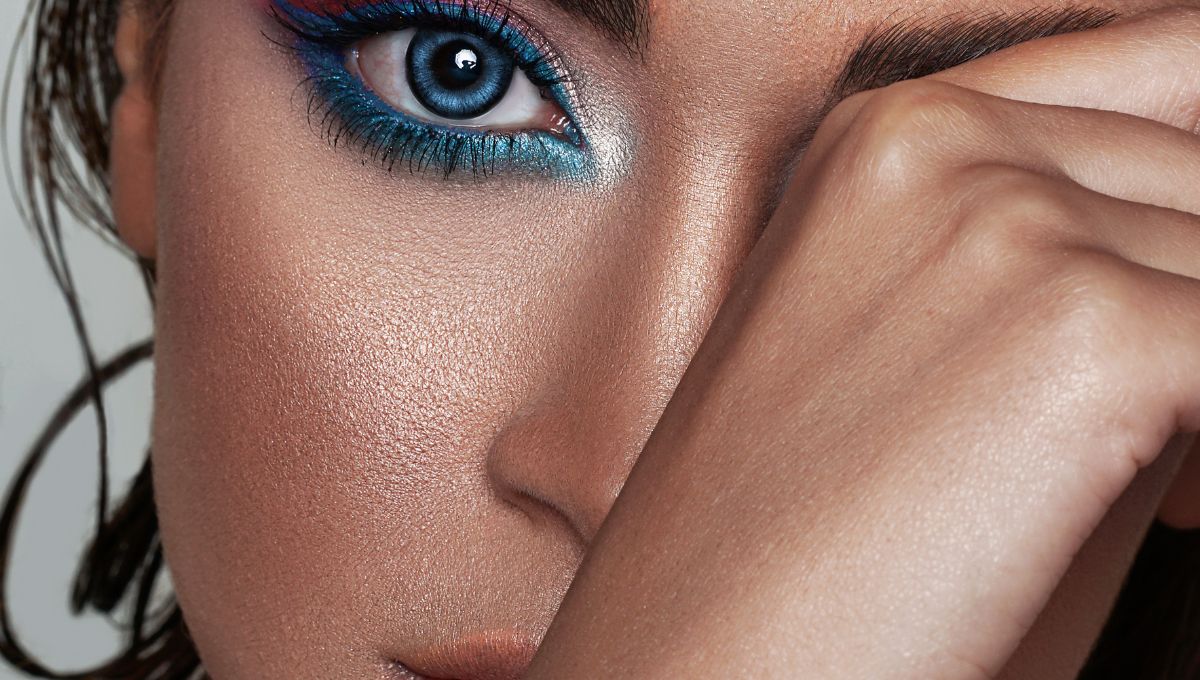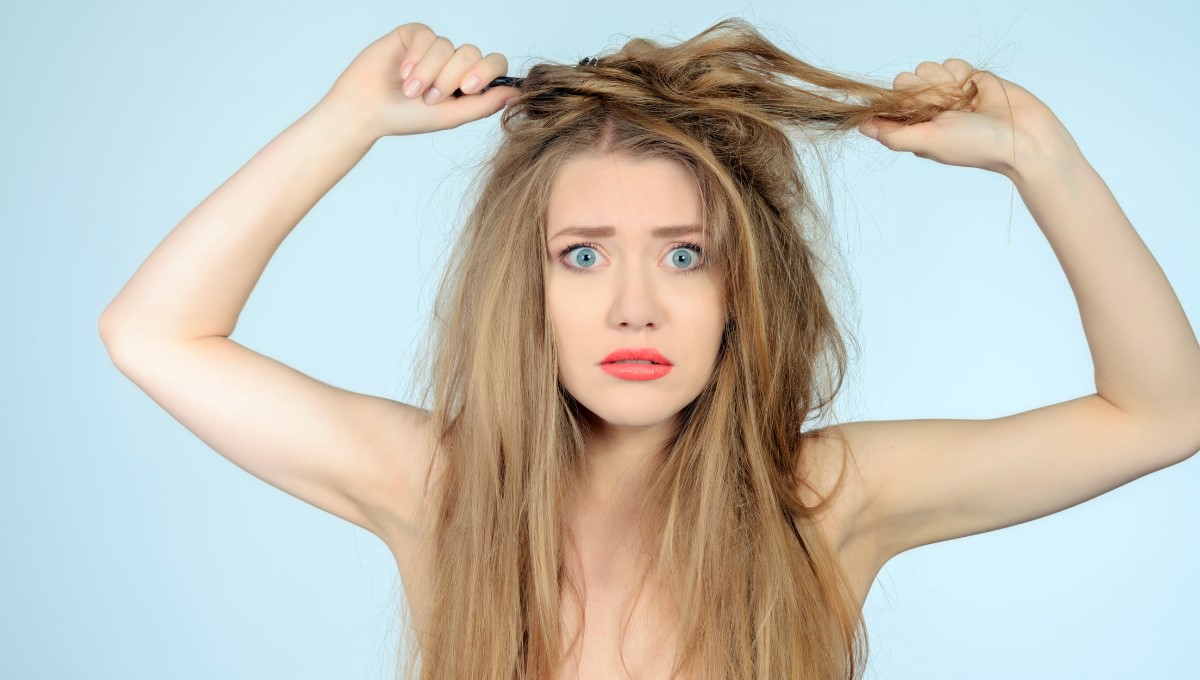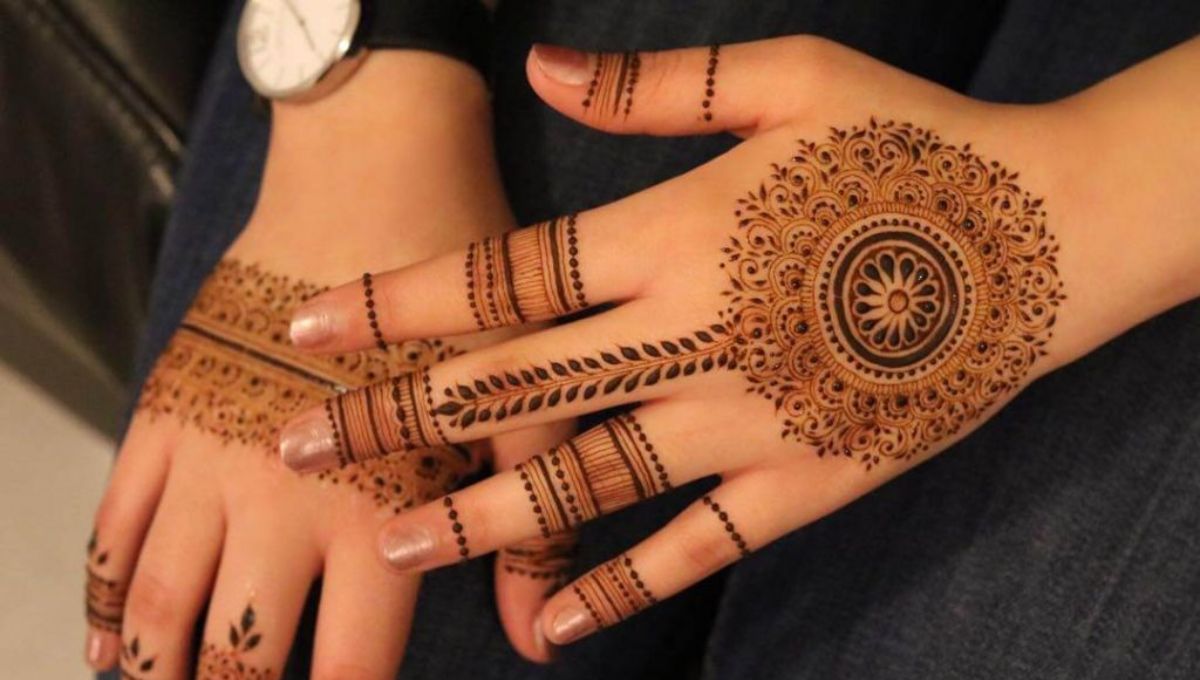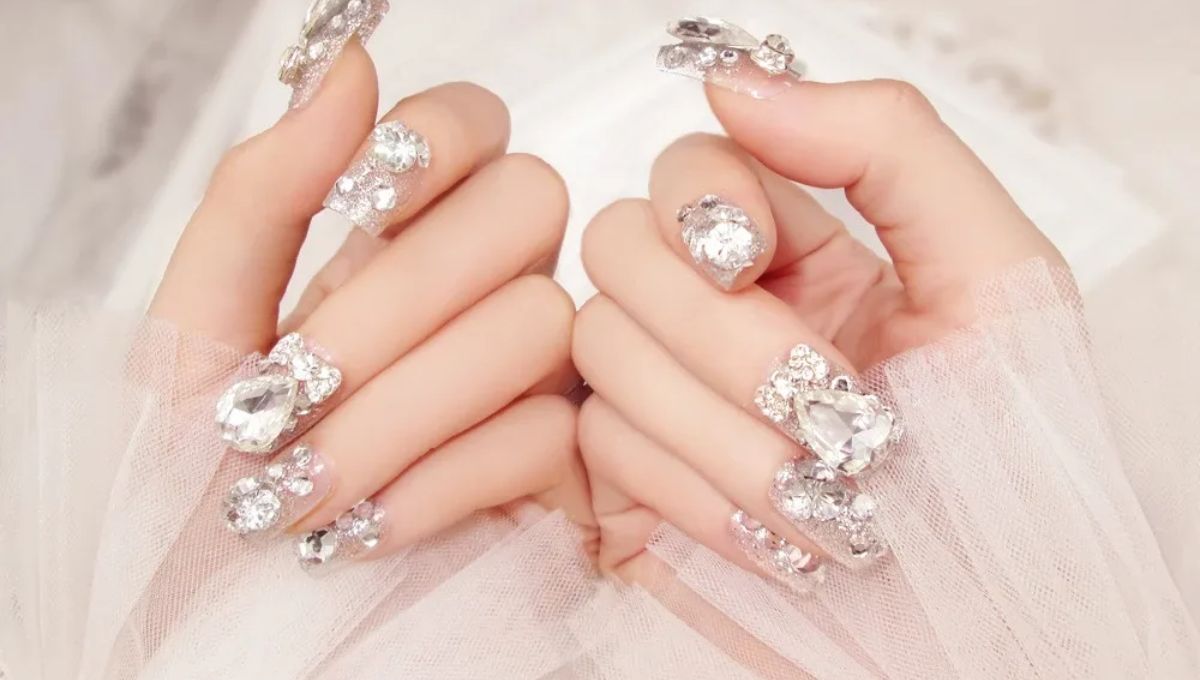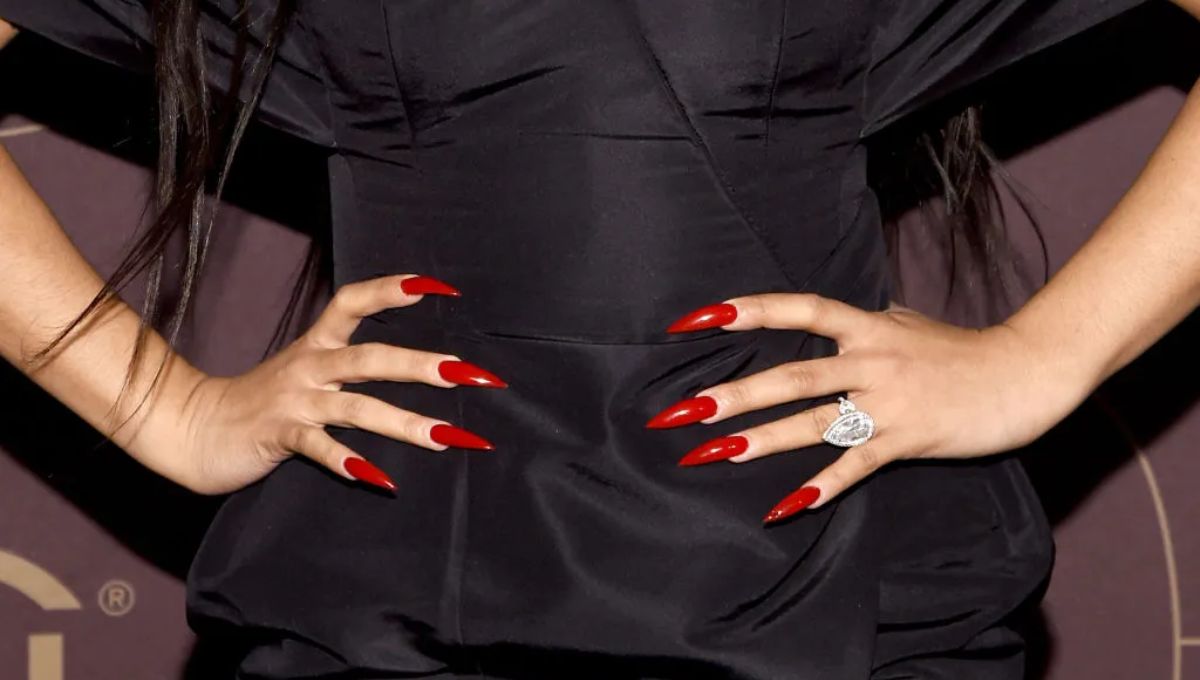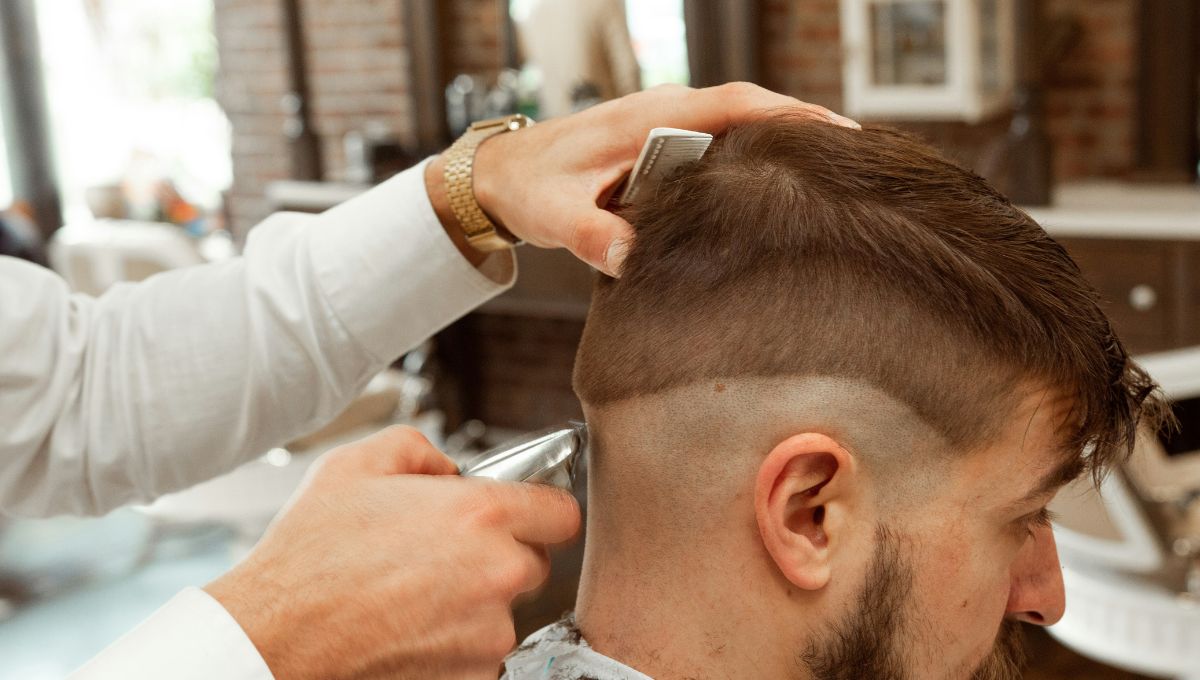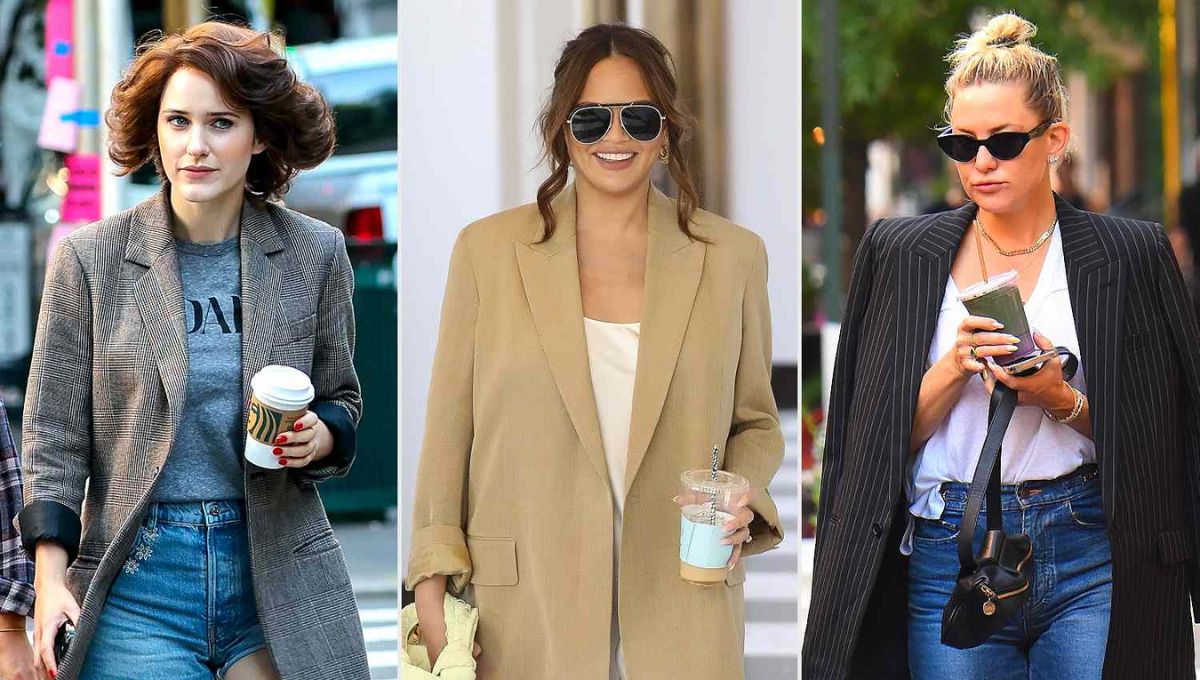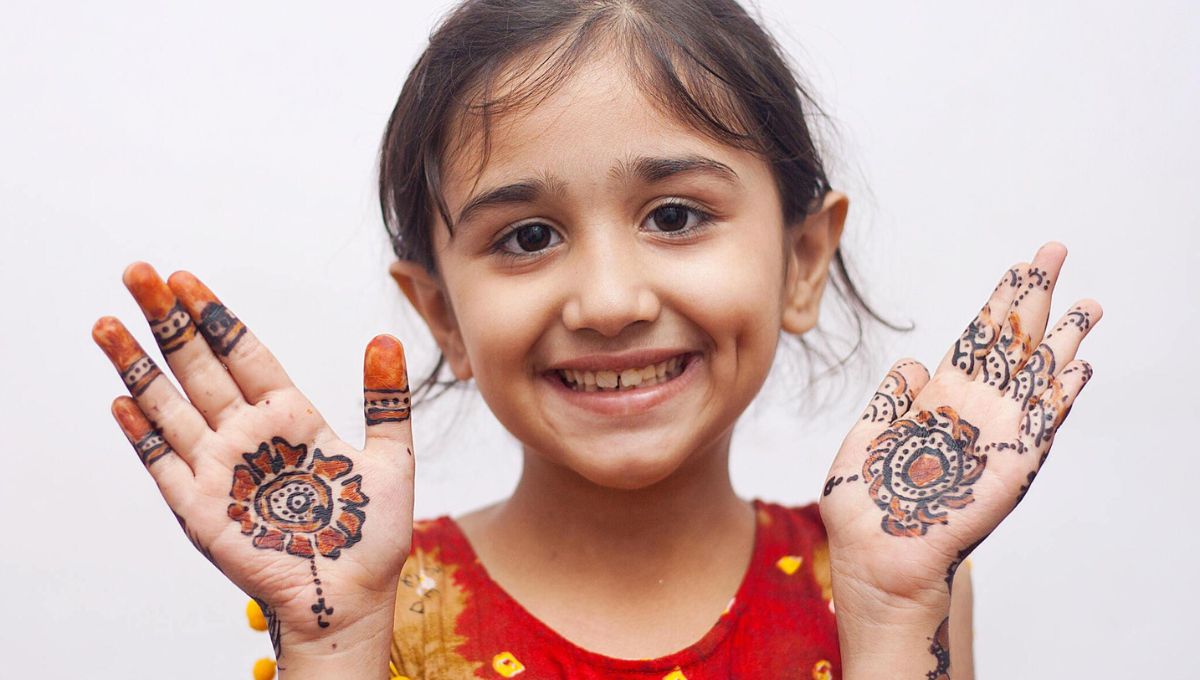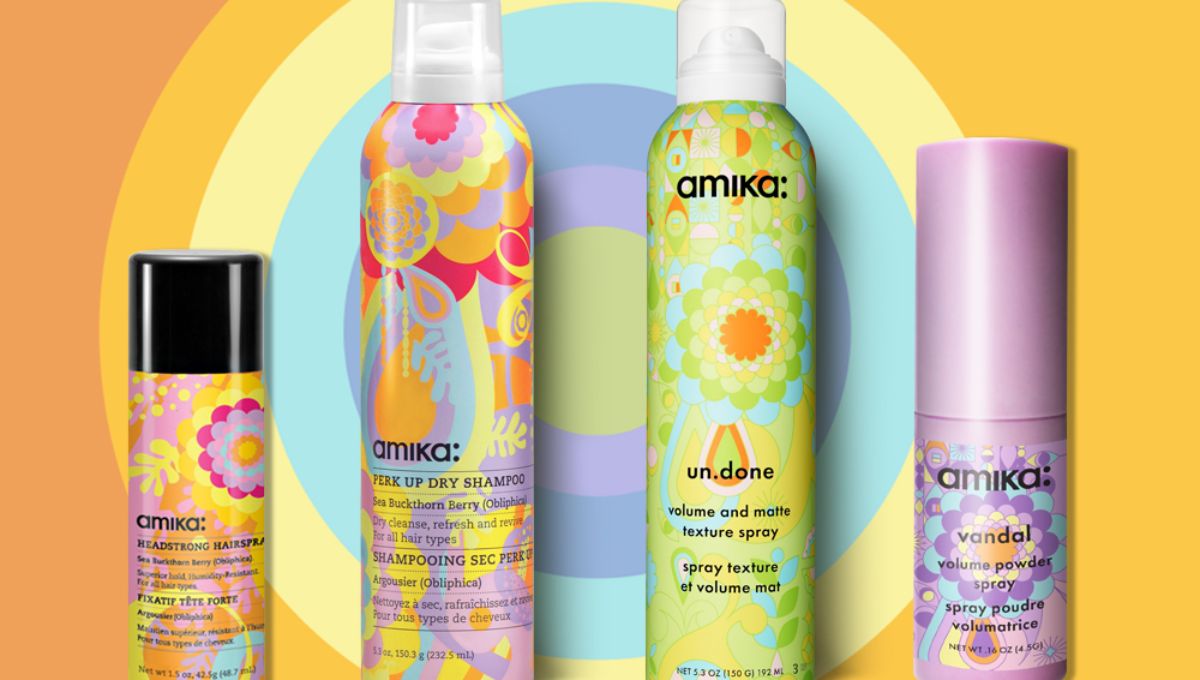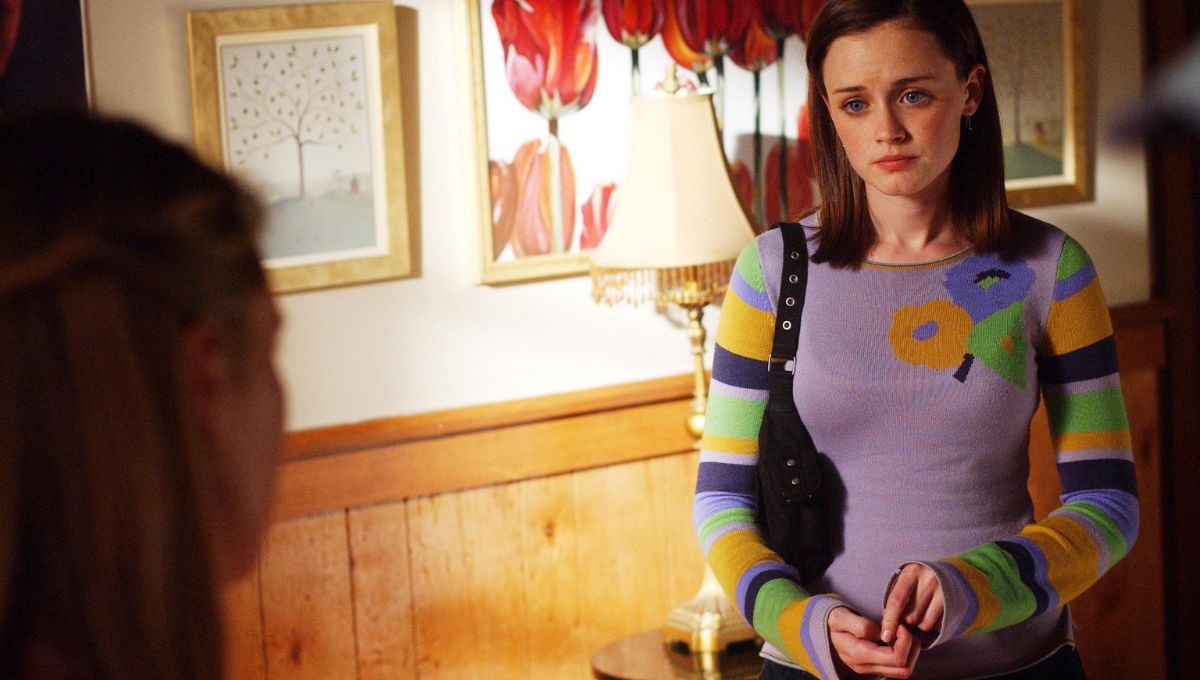Out of all the elements involved in applying makeup, color is perhaps the most essential. It can enhance or detract from the wearer’s natural features, convey a mood or personality, and even be used to create optical illusions. Understanding how colors interact with one another is key to achieving a successful makeup look.
This is where the makeup color wheel comes in. The color wheel is a tool that helps makeup artists and enthusiasts select colors that complement one another and create harmonious combinations.
Are you excited? Me too… Let’s get straight into the Makeup Color Wheel technique.
Understanding the Makeup Color Wheel
In this section, we will delve into the concept of the Makeup Color Wheel and its relevance in creating stunning looks. The color wheel consists of primary, secondary, and tertiary colors, which are essential building blocks to understanding color theory.
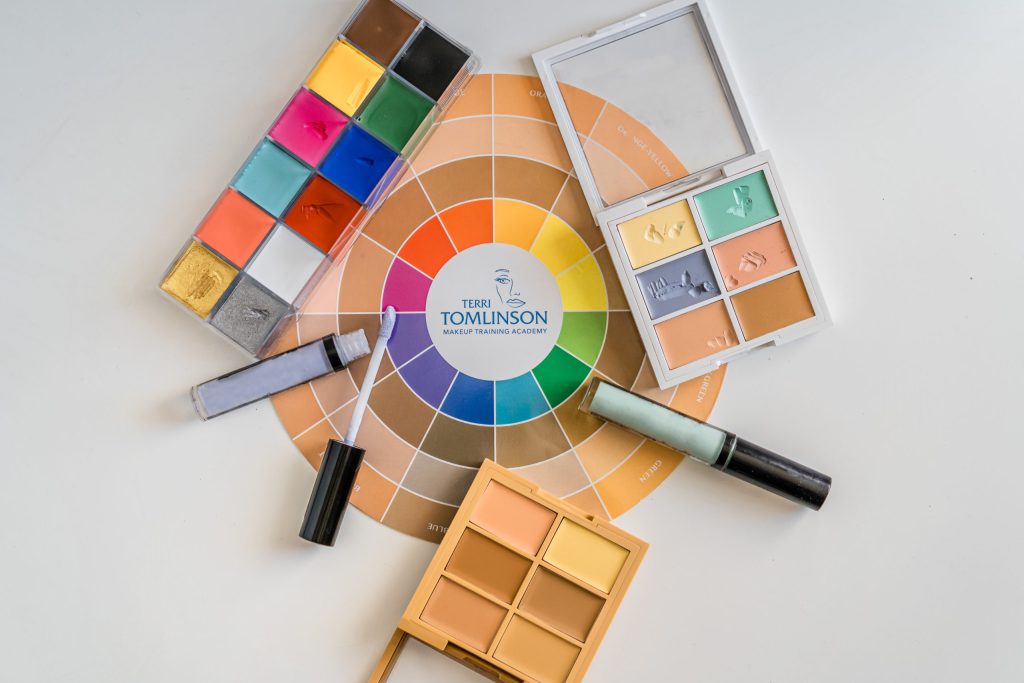
Primary & Secondary Colors in Makeup Color Wheel
Understanding the concept of primary and secondary colors is crucial when it comes to creating visually appealing designs. Primary colors, such as red, blue, and yellow, serve as the foundation for all other colors.
On the other hand, secondary colors are obtained by mixing two primary colors, resulting in a myriad of beautiful shades. By mastering the art of color blending, you can take your makeup color wheel designs to the next level and truly captivate your audience.
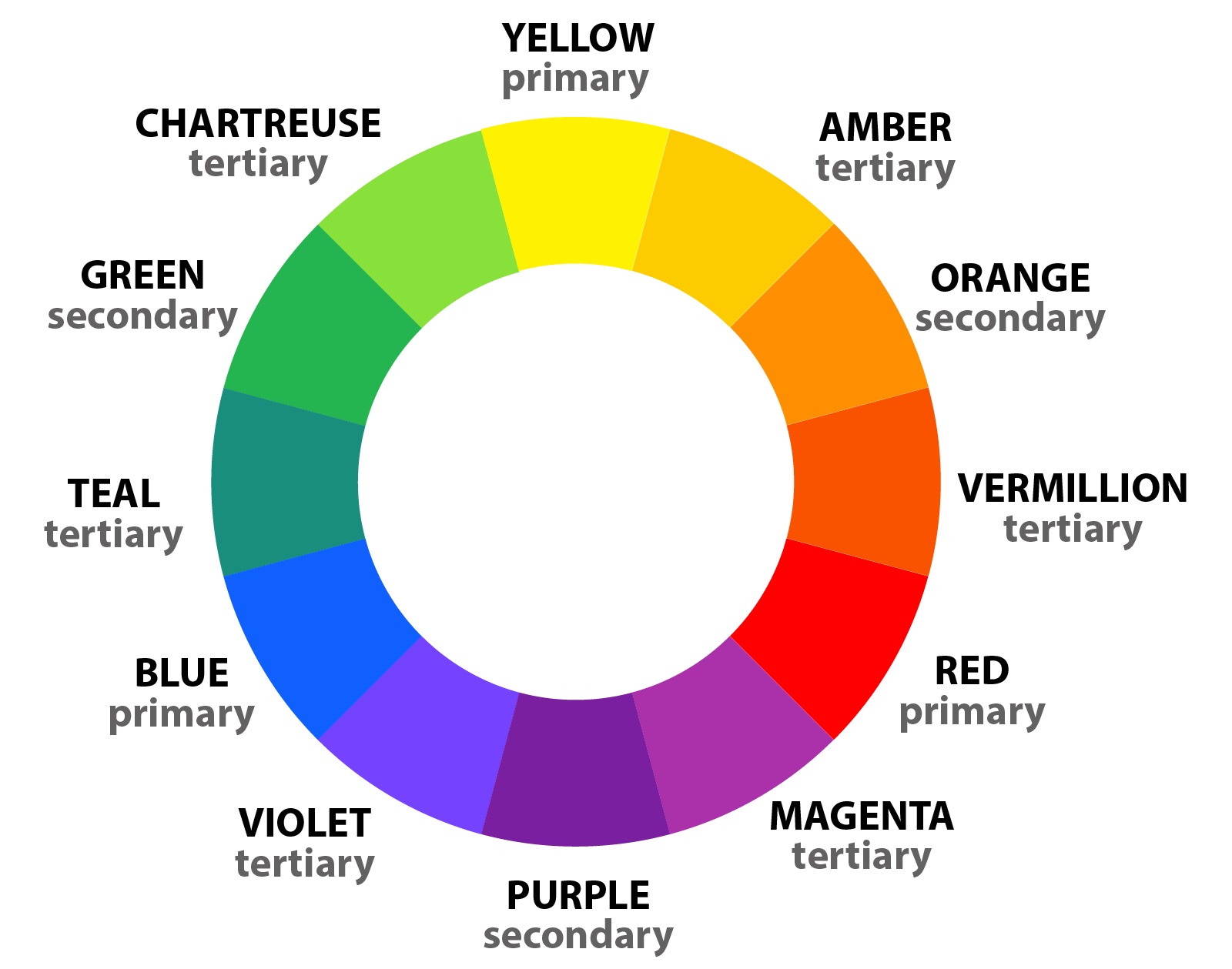
Did you know that six amazing tertiary colors can be created by mixing a primary color with a secondary color? These colors are simply stunning and can add a real pop of vibrancy to any piece of art or design. The six tertiary colors are red-orange, yellow-orange, blue-green, yellow-green, blue-violet, and red-violet. They are all unique and beautiful in their way. So, why not experiment with these colors and add a touch of magic to your projects?
Complementary & Contrasting Looks Using Makeup Color Wheel
With a clear understanding of the primary, secondary, and tertiary colors, we can now utilize the color wheel to create complementary and contrasting looks. Complementary colors are like the yin and yang of the color world.
These are the colors that sit opposite each other on the color wheel, and when paired together, they create a striking contrast that elevates any design. Think about it – red and green, blue and orange, purple and yellow. The possibilities are endless! When blended, complementary colors create a bold, eye-catching effect.
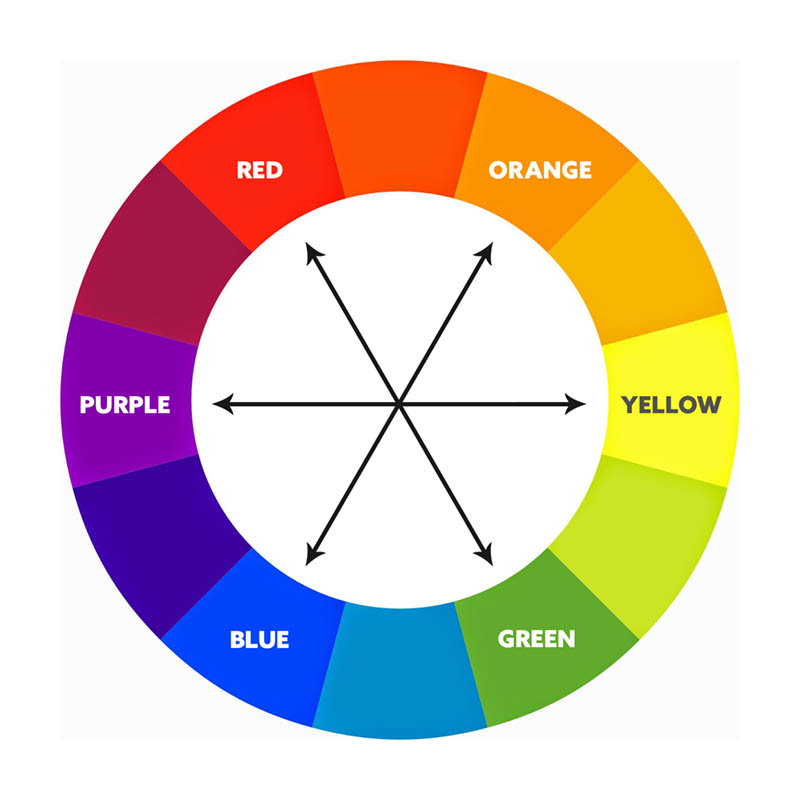
Contrasting colors, on the other hand, are colors that are adjacent to each other on the color wheel, such as blue and green or red and orange. These colors blend well to create a harmonious yet striking effect. By understanding the color wheel, you can easily create a wide range of makeup looks that perfectly complement your skin tone and features.
Upgrading Your Makeup Technique With the Help of Makeup Color Wheel
Choosing the right makeup products can be a daunting task, especially when you’re trying to match your skin tone and undertones. However, with a few tips and tricks, you can easily find the perfect foundation, eyeshadow, and blush colors that complement your natural complexion.
Skin Tone
Firstly, determine your skin tone. You may have fair, medium, or dark skin. Once you’ve identified your skin tone, the next step is to determine your undertones. You may have warm undertones, cool undertones, or neutral undertones. To determine your undertones, you can look at the veins on your wrist.
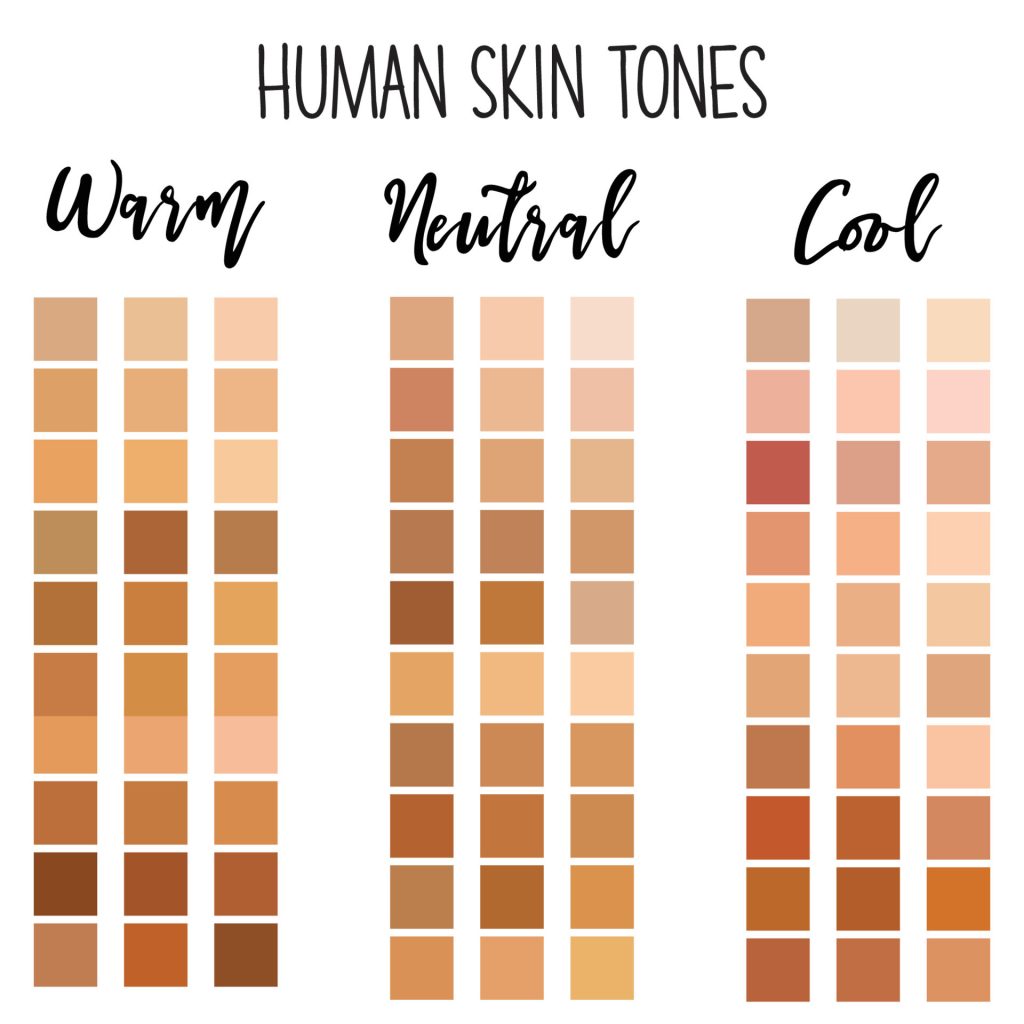
If your veins appear blue, you have cool undertones.
If your veins appear green, you have warm undertones.
If you’re unsure about the color of your veins, and you can’t tell if they appear blue or green, it might mean that you have neutral undertones.
Foundation
Now that you know your skin tone and undertones, you can choose the right makeup products that complement your natural complexion. For foundation, choose a shade that matches your skin tone and undertones.
If your skin has a warmer tone, you might want to choose a foundation that has yellow or golden undertones. This will help to enhance your natural complexion and make your skin look more radiant.
If you have cool undertones, choose a foundation with pink or red undertones.
If you have neutral undertones, choose a foundation with beige or ivory undertones.
Eyeshadow
For eyeshadow, choose colors that complement your skin tone and undertones.
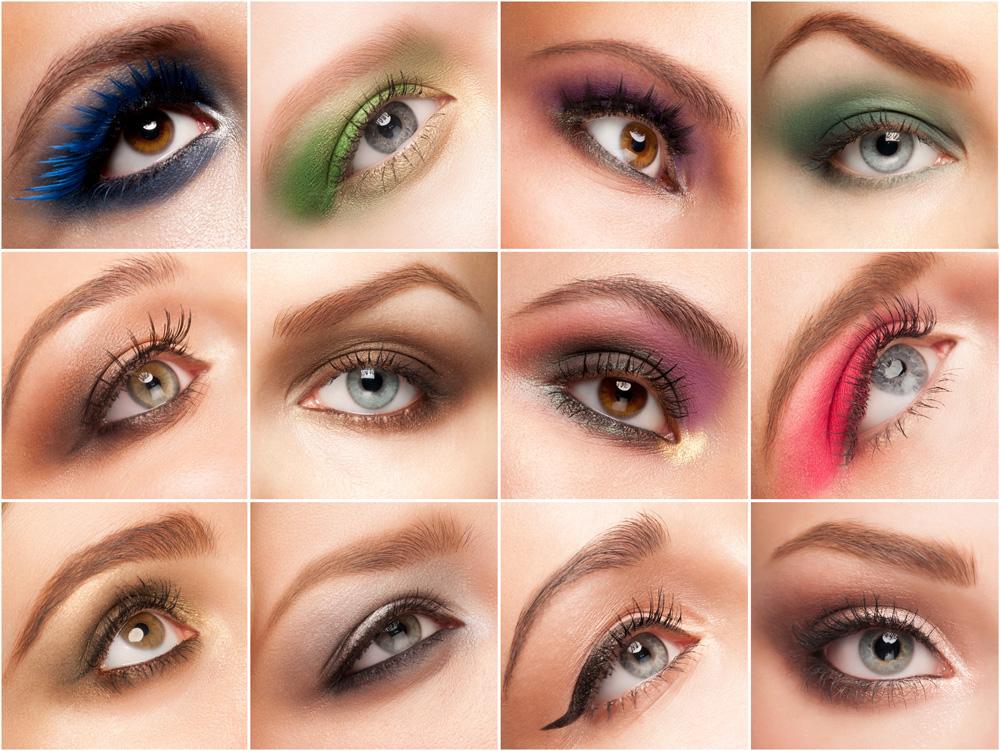
If you have warm undertones, choose eyeshadows with warm shades such as gold, bronze, or copper.
If you have cool undertones, choose eyeshadows with cool shades such as blue, green, or purple.
If you have neutral undertones, choose eyeshadows with neutral shades such as brown or grey.
Blush
For blush, choose a shade that complements your skin tone and undertones.
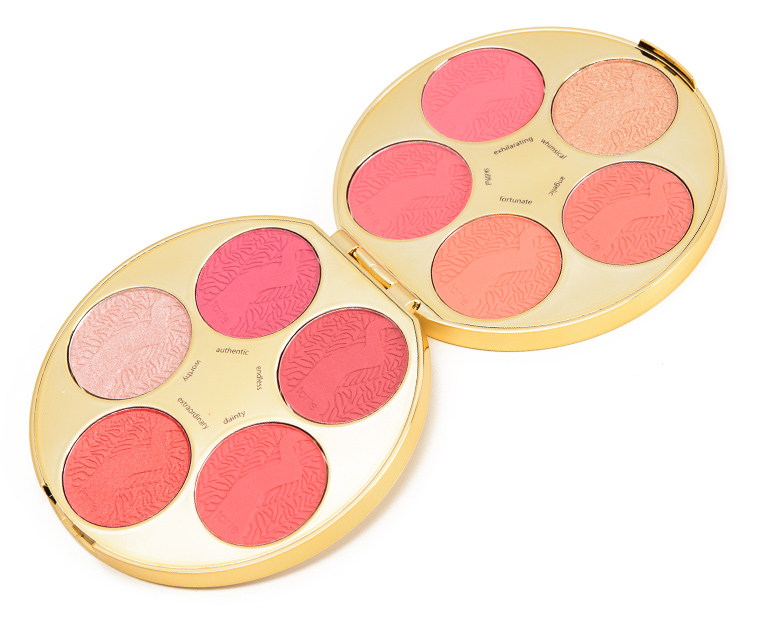
If you have warm undertones, choose a blush with warm shades such as peach or coral.
If you have cool undertones, choose a blush with cool shades such as pink or berry.
If you have neutral undertones, choose a blush with neutral shades such as rose or mauve.
Remember, these are just guidelines, and you should choose makeup products that make you feel confident and beautiful.
Examples of on-trend makeup looks using the color wheel for 2024
If you’re looking for some inspiration for your makeup looks in 2024, you might want to consider using the makeup color wheel. The color wheel is a useful tool for selecting colors that complement each other, and it can help you create a variety of on-trend looks.
Some examples of on-trend makeup look that you could create using the color wheel might include monochromatic looks, complementary color combinations, or analogous color schemes. By experimenting with different color combinations and techniques, you can create a unique and stylish makeup look that will turn heads in 2024.
In conclusion, let’s quickly recap the key points we’ve covered. We’ve learned about the impact of color in makeup and how it can transform your look. By experimenting with different shades and hues, you can enhance your natural features and express your unique style.
Don’t be afraid to step outside of your comfort zone and try new things. With the right techniques and a little bit of practice, you’ll be a pro in no time. So keep on experimenting with color in your makeup routine and have fun with it!
Frequently Asked Questions Related to Makeup Color Wheel
1. What is a color wheel for makeup?
A color wheel for makeup is a tool that helps you choose complementary colors for your makeup look. It is based on the color wheel used in art and design, and it can help you create a cohesive and balanced makeup look.
2. How can I use the color wheel for eye makeup?
To use the color wheel for eye makeup, start by identifying your eye color and then choosing complementary shades. For example, if you have blue eyes, you could choose warm-toned shades like orange or peach. Alternatively, you could opt for shades that are opposite your eye color on the color wheel, such as copper or bronze.
3. What is a color wheel makeup corrector?
A color wheel makeup corrector is a product that helps neutralize unwanted tones in your skin. For example, if you have redness or dark circles, you could use a green corrector to neutralize the redness or a peach corrector to brighten the under-eye area.
4. Are there specific makeup color wheels for brown eyes?
There isn’t a specific makeup color wheel for brown eyes, but you can use the general principles of the color wheel to choose complementary shades. For example, if you have warm-toned brown eyes, you could opt for shades like gold, copper, or rust. If you have cool-toned brown eyes, you could try shades like navy, purple, or emerald green.
5. How can I incorporate the color wheel into my makeup routine?
To incorporate the color wheel into your makeup routine, start by identifying your skin tone and eye color. Then, choose shades that complement those colors on the color wheel. You could also experiment with different color combinations and techniques to create a unique and personalized makeup look.

